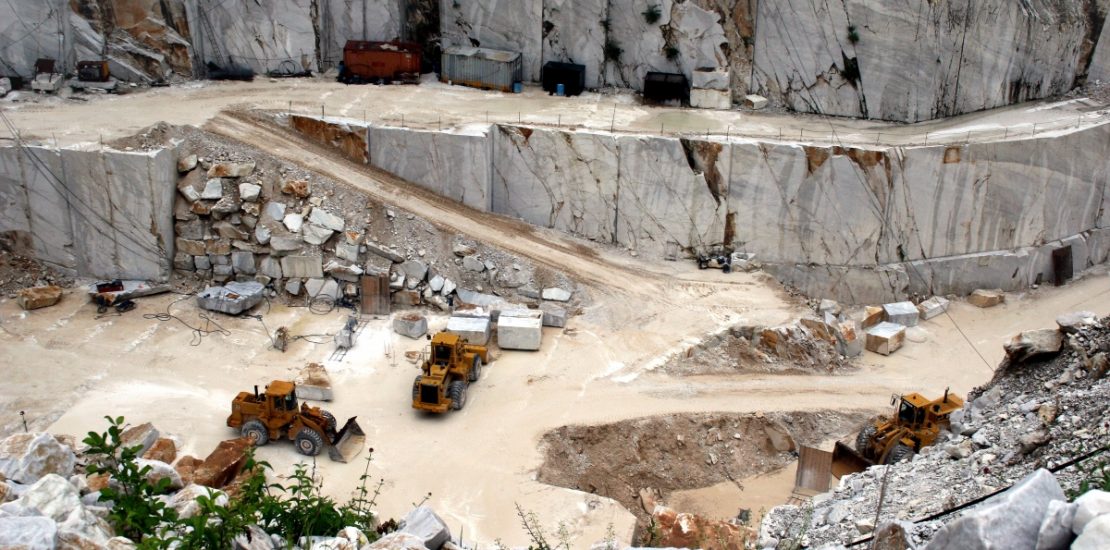- 10th May 2015
- Posted by: Granite & Marble Specialties
- Category: Granite

When you look at a beautiful granite countertop or luminous floor, you rarely think about the history of the stone and how far it’s travelled. This material is hewn from mountains all over the world, in huge slabs weighing about 40,000 lbs, and the harvest and transport of this exceptional substance is a testament to human construction’s combined understanding of the forces of the natural world and the tools of the modern age.
How Granite is Mined
Mining stone has always been extremely labor intensive, but even the ancients required a certain finesse and nuanced technical understanding of the material in order to run a successful quarry. Quarry operators need a keen eye to tell which way the granite flowed as it was formed, which gives it a grain similar to wood. The coloration and veining of all granite varies, and to best utilize a deposit one must cut the stone according to these qualities. If you cut with the grain, it will not only break away more easily but the coloration will better highlight the variation and movement of the rock. Cutting against the grain can be an advantage, though, if you’re trying to achieve a more uniform look.
Quarry operators also need to be able to separate the damaged rock from the healthy stone. Only granite that is in perfect condition can be split off from the rest, and fissures or breaks will ruin a block. We know that ancient builders like the Egyptians understood the importance of stone quality because their structures have been able to last for millennia. Those carefully-chosen countertops are more than just aesthetically pleasing—they have vitality and strength immemorial.
Choosing the Right Tools for Granite
Once you’ve decided which stone to cut away and in what direction, the next choice is one of tools. Because of the nature of granite, blasting can’t be used for mining because it will splinter and destroy the stone. One needs to choose a way to “split” or “break” the granite off from its source. Large slabs are usually cut away by boring a row of holes and then using chisels and saws to cut along that weakened line.
Ancient quarrymen would insert wooden wedges into holes they’d created in the granite, wet the wood, and then the wood would expand and break the rock. More modern techniques include cutting the stone away with a high-powered diamond blade saw, or “Jet Piercing,” which is like a blowtorch created with a 4,000 degree flame and used like a laser.
The stone is taken from the quarries, cut to more manageable sizes, inspected for quality, and put through preliminary polishing. Stone can travel tens of thousands of miles to reach your home, spending months in shipping containers, different processing facilities, and the network of planes, trains, and automobiles that make global trade possible. Any counter tops from Granite & Marble Specialties will be carefully chosen, crafted, and created, and will probably outlive us all.
